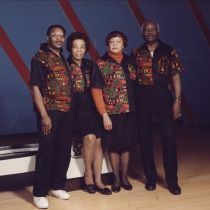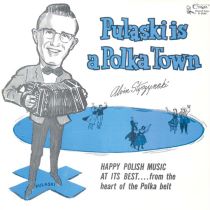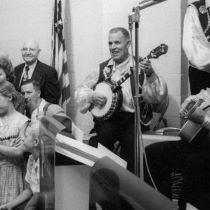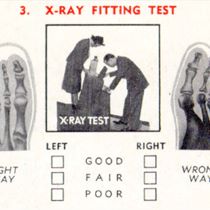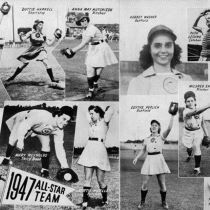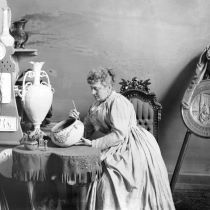Earlene Fuller and the African American Bowling Scene in Milwaukee
Earlene Fuller designed and made bowling outfits for numerous black and white teams in Milwaukee and elsewhere from 1970 through the mid-1990s. She was a member in two African American bowling organizations — the National Bowling Association and the Milwaukee Bowlers Guild, Inc. — and in the 1990s began incorporating kente cloth and other African-inspired fabric patterns into the shirts she made for her own teams.
